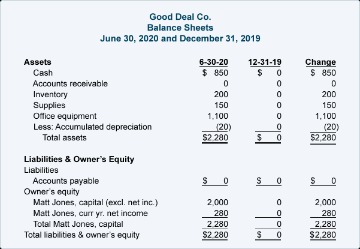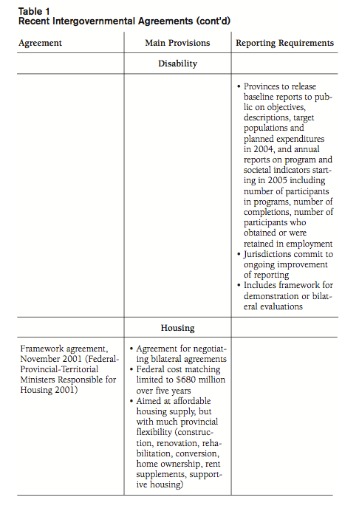
By tracking your payroll liabilities and expenses separately, you get a clearer picture of your cash flow. This ensures you have enough money to meet all your obligations. Some of the most common payroll liabilities are unpaid wages. But other examples include taxes, deductions, and paid time off (PTO). Payroll accounting includes payroll liabilities as well as payroll expenses. Every business has to record both using the accrual method of accounting.
Payroll liabilities are an important component of the cost of running a business. They consist of taxes, benefits and employee wages paid in advance. Employers need to know how much they need to pay for these when hiring employees in order to maintain profitability over time. To do this correctly, it is essential that you understand all aspects of payroll liability management. If you’re unsure about this, it’s always recommended to hire a professional. During payroll processing, employers incur expenses, such as taxes and employee compensation.
Automate Bookkeeping by Syncing Your Joist and QuickBooks Online Accounts
The process involves a lot of paperwork and manual effort. These mistakes affect accounting records and make it harder to track any payroll expense. Less common types of payroll liabilities may have different payment and withholding methods. The types of liabilities you’re responsible for and the methods for paying them can also vary, depending on your location. Always check with the IRS to make sure you’re following the right steps.
The only difference is there’s more pressure to get the math right. Note that no taxes are withheld on compensation paid to independent contractors. However, you’re required to withhold taxes on employee pay. This applies to everyone who does work for your business as well, not only salaried employees and hourly workers but also contractors and freelancers. However, for freelancers and contractors, you won’t owe or withhold taxes for them as they are responsible for those on their own. If you decide to hire employees immediately, then you will have to pay them wages is inventory a current asset in advance.
Now that you know what your potential payroll liabilities are, how can you ensure you’re paying them all as needed? It’s critical to stay on top of all of them, as you could end up harming an employee’s finances, or the finances and regulatory obligations of your business. Paid time off is another common, but often overlooked, form of payroll liability. If an employee resigns, their PTO balance likely needs to be paid out.
What Are Payroll Liabilities? Definition, Types & How to Track

Payroll processing is complex, meaning you’re likely to struggle to stay on top of the process. A very important part of managing payroll is tracking and paying payroll liabilities. You incur these when you process payroll—and will pay them at a later date. Managing payroll is one of the top challenges for small business owners, according to a Justworks and The Harris Poll survey.
- These include taxes the employee is paying via their withholdings each pay period, as well as taxes the business owes.
- The expense was posted in March when the restaurant employees worked the hours.
- You also have to manage payroll liabilities, which are extra costs of keeping staff.
- The most used entry is the initial recording, also known as the originating entry.
- If you offer employees any sort of bonus, overtime, or commission, those are also a liability that you must account for until they’re paid out.
What is payroll accounting? A guide for small business owners
Review the report, so you can post each adjusted how to report your interest income journal entry. Your payroll liabilities might change from one period to the next. For example, if you gain or lose employees, an employee is promoted, an employee changes their withholdings, or tax laws change.
PTO is the amount of time an employer owes their employees. It’s a liability even if an employee hasn’t taken any time off during the pay period. It’s a liability because employers are responsible for paying out PTO when an employee leaves the company or resigns. If you offer benefits like retirement plans, health insurance, life insurance, or any other benefits, those are voluntary deductions. The worker contribution part of these benefits is funded through payroll withholding, and so they’re a payroll liability until the contributions are paid. But it’s key to understanding your company’s financial health.
Types of payroll accounting entries
Until paid, these expenditures are known as payroll liabilities. They’re an essential part of a business’s budget and must be properly accounted for each pay period. You’re also responsible for employer payroll taxes, and those are a payroll liability until you’ve paid those obligations. They’re withheld from gross pay, and employees and employers both have to pay 7.65%. Now that you understand the difference between payroll liabilities and expenses, keeping track of both will be much easier. If you want to streamline your payroll management even further, explore Hourly payroll software.
Say you wanted to see how much you spent on employee payroll last ex-dividend dates and how to find them year, as opposed to the year before. All the wages you’d be looking at are payroll expenses (i.e., wages that you have already paid). Recall our previous example of employees getting paid on January 17, from work they did January 2-15.



